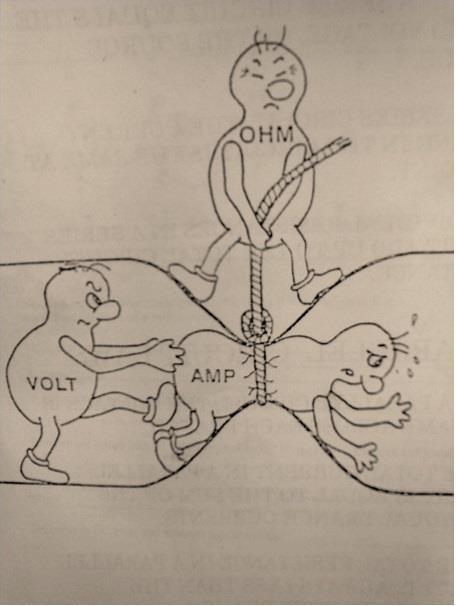I understand that this is a really basic question, but, I've been unable to really understand electrical terminology for some reason. What exactly is an amp? How does it correspond to a watt?
And: How does a watt correspond to a volt? What does the frequency of electricity refer to? (Hz, 50/60)
Please be as specific, and laymeny as possible :).
Thank you!
Edit: Since I didn't get anyone yelling at me for talking about adding a few more questions, here goes:
What is a volt? My understanding of it is the difference between the neutral and phase, but, this doesn't make it any clearer. If anyone can help out with more information, with an analogy or two, plus some technical information, I'd appreciate it very much!
What does the "earth"/ground portion of the circuit do? How does it help safety? If it helps safety, why aren't all plugs 3-pin instead of 2-pin?
Hypothetical:
If I plugged in two wires to a socket, and put the other end into something conductive (for instance, a bucket of water), assuming the breaker doesn't go off (if it would, why would it?) after I remove said wires(or turn off the socket), does the water "hold" the charge? Is it in any way unsafe?
For what it's worth, I'm assuming no. The current flows from phase-neutral, the water simply facilitates this. Right? If I'm right, I assume this means that I am in some way "using" the electricity? How does this differ if I for instance put the wires up against a block of wood? How does it differ if I stick the wires on myself?
I apologize if some of these questions show a fundamental mis-understanding of electricity. If they do, smack me across the head and point me to a resource that will educate me and help me answer such questions myself. These questions have plagued the back of my mind for a while, but I've never found the right place to ask.
I have more such questions, both hypothetical, and real (how does a stabilizer work, why is it required? Why do motors require 2x as much electricity to start up vs to run? Why can't this be optimized/why hasn't it been fixed yet?). I'm hoping I'll be able to answer the hypothetical ones myself once I gain more of an understanding, with your help.
I hope questions at these level (and their answers) are useful to at least one other person!
Again, Thanks to whoever helps me out!

